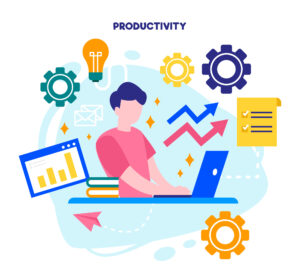Just like our phones, most systems get sluggish over time, even Eloqua instances. Navigation becomes frustratingly slow and generating a report takes increasingly longer time. We don’t have a backup and factory-reset option, but there are a few tools we can use to perk up our instance.
Here are a few reasons our Eloqua instance gets lethargic:
Too many custom contact fields
Quite often, we look at the name of a field and wonder what it’s for. And quite often, we don’t have the time or the right documentation about those fields. What do we do? For just this once, we decided to create a new custom field. Seems like a one-off incident? This happens more often than we can imagine.
These custom fields don’t live in silos, and they in turn create dependencies. Since they have dependencies, we now wonder what unintended impact deleting a field would have. Analyzing the impact by spotting all the dependencies and deciding which ones are important is a XXL project and will need conversations across the organization.
PortQii’s Asset Dependency Manager is versatile, and it can help in this case. It can untangle complicated relationships between assets and on a medium sized instance, perhaps overnight clear most dependencies.
Copies and copies all the way to the bottom
Let’s say we want to make a change to a report but we aren’t sure if it will work as intended, what do we do? We do what almost everyone does, make a copy, just in case. Because we think we can remember why we make these copies, we just suffix the digit ‘2’ or the word ‘new’. Over a period, we stop using the older copies and forget that they even exist. Perhaps others are still using them? Perhaps not.
These copies and copies of copies start clogging the Eloqua instance over time and makes it slothful. What if we used a versioning tool instead of making copies? This way, there is only one version in play at any time and if we need the older version, we can just roll-back the changes.
Most users don’t use a versioning tool either because they are not used to, or the user interface scares them. PortQii’s Asset Version Control makes versioning intuitive and easy to use. Once you start using them, you will never go back to the old way of doing things. If you are new to the idea of versioning, then here is a tutorial for beginners.





